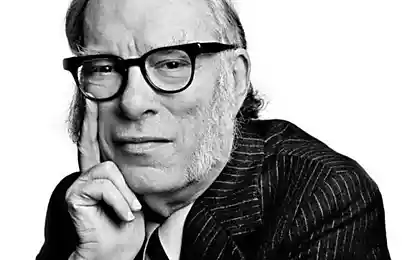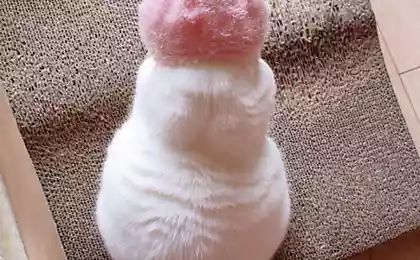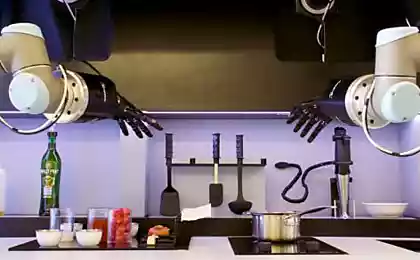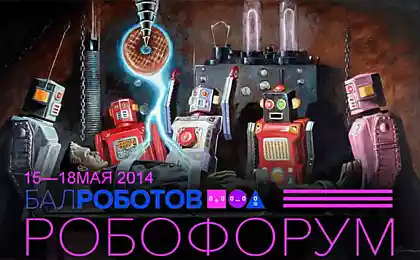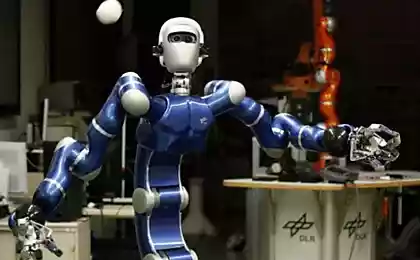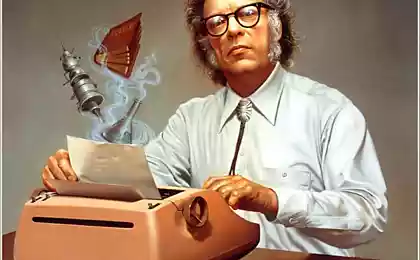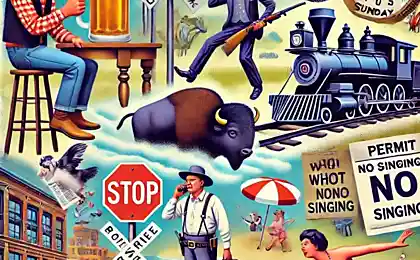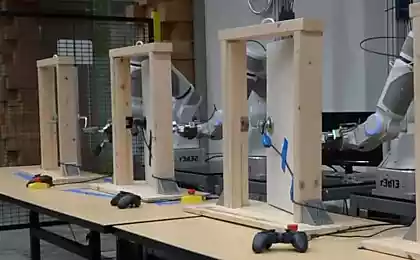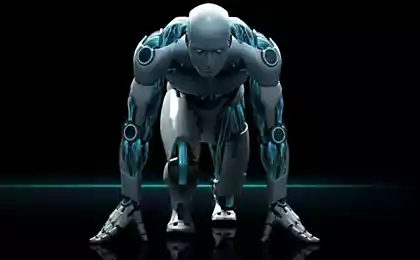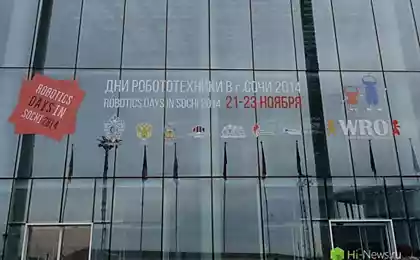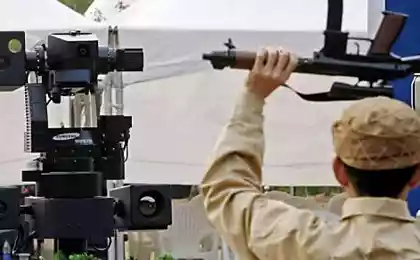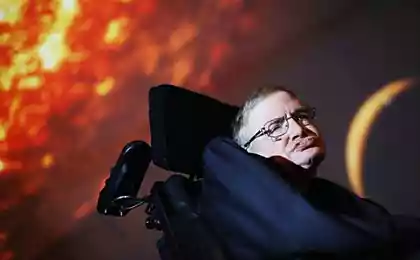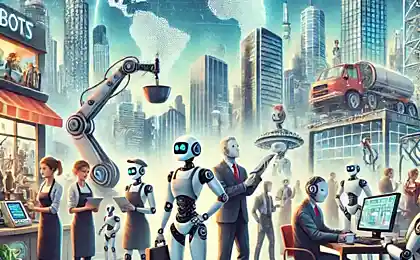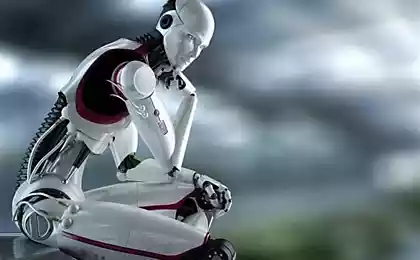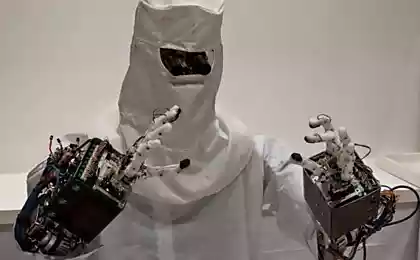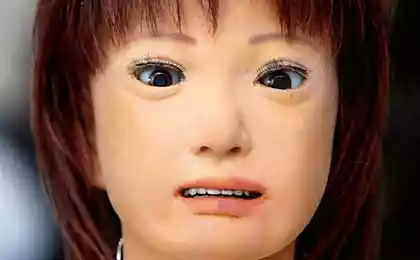1224
"Round Dance" - the first mention of the three laws of robotics by Isaac Asimov '73 ago

Three Laws of Robotics, formulated the doctrine, popularizer of science and brilliant writer Isaac Asimov, influenced the further development of some of the trends in robotics and philosophy in this direction, so to speak. On the "Three Laws" heard only one who has no relation to the art and never read science fiction.
It is worth noting that for the first time "Laws" were formulated in a science fiction short story "Runaround", which was published in March 1942. Since then, it took as many as 73 years old, but still "laws" are relevant and addresses and modern experts in robotics, artificial intelligence and the dual disciplines.
For the first time the story was translated into Russian, 20 years after it was written - in 1963. Asimov himself mentioned laws many times, using them in different stories, the series "I, Robot." In addition, the use of these laws and other science fiction writers, and after - and scientists. However, now the laws are considered more as a theory than practice - in fact pure "AI" has no, and those robots, what we have now, such laws are simply unable to "understand" their system control and data processing is much more primitive than that what has been described Asimov in his works. In order to be able to use the laws, and the robot must be as perfect as he is seen Asimov.
It is interesting that he Asimov thought that formulated the laws in their current form is not he himself, his friend and publisher John Campbell, editor in chief «Astounding». Campbell, in turn , «said he simply isolate the laws of that Asimov had written. Asimov himself always inferior to honor the authorship of the Three Laws Campbell ».
Themselves laws here:
- A robot may not injure a human being or, through inaction, allow a human being to come to harm.
- A robot must obey all orders, which gives a person, except where such orders conflict with the First Law .
- A robot must protect its own to the extent that it does not conflict with the First or Second Law.
- A robot may not injure a human being or, through inaction, allow a human being to come to harm.
- A robot must obey orders given it by human beings except where such orders would conflict with the First Law.
- A robot must protect its own existence as long as such protection does not conflict with the First or Second Law.
Source: geektimes.ru/post/246572/
GMO - is not only useful but also delicious? 5 Cumulative GM plant and animal species
First budget Phablet
